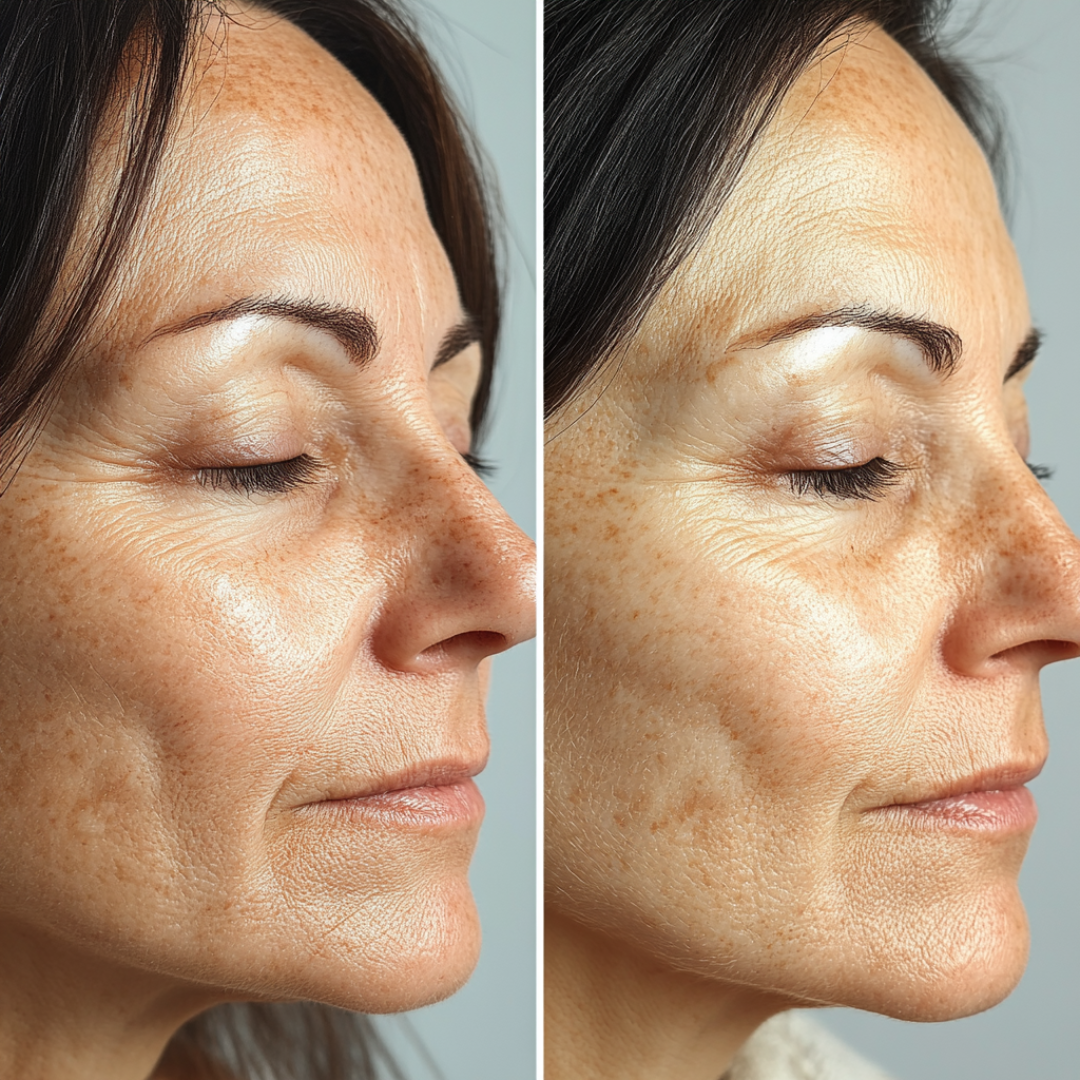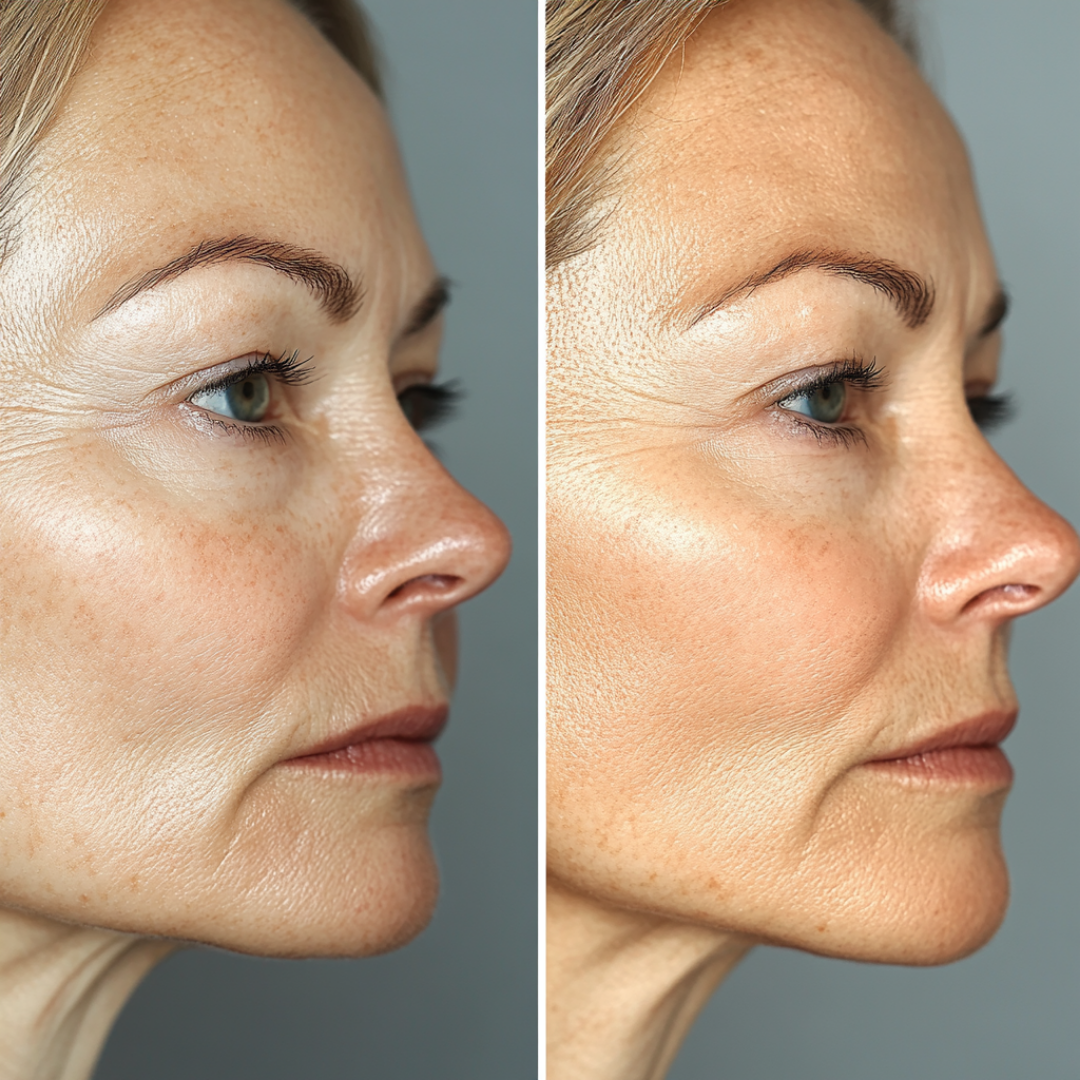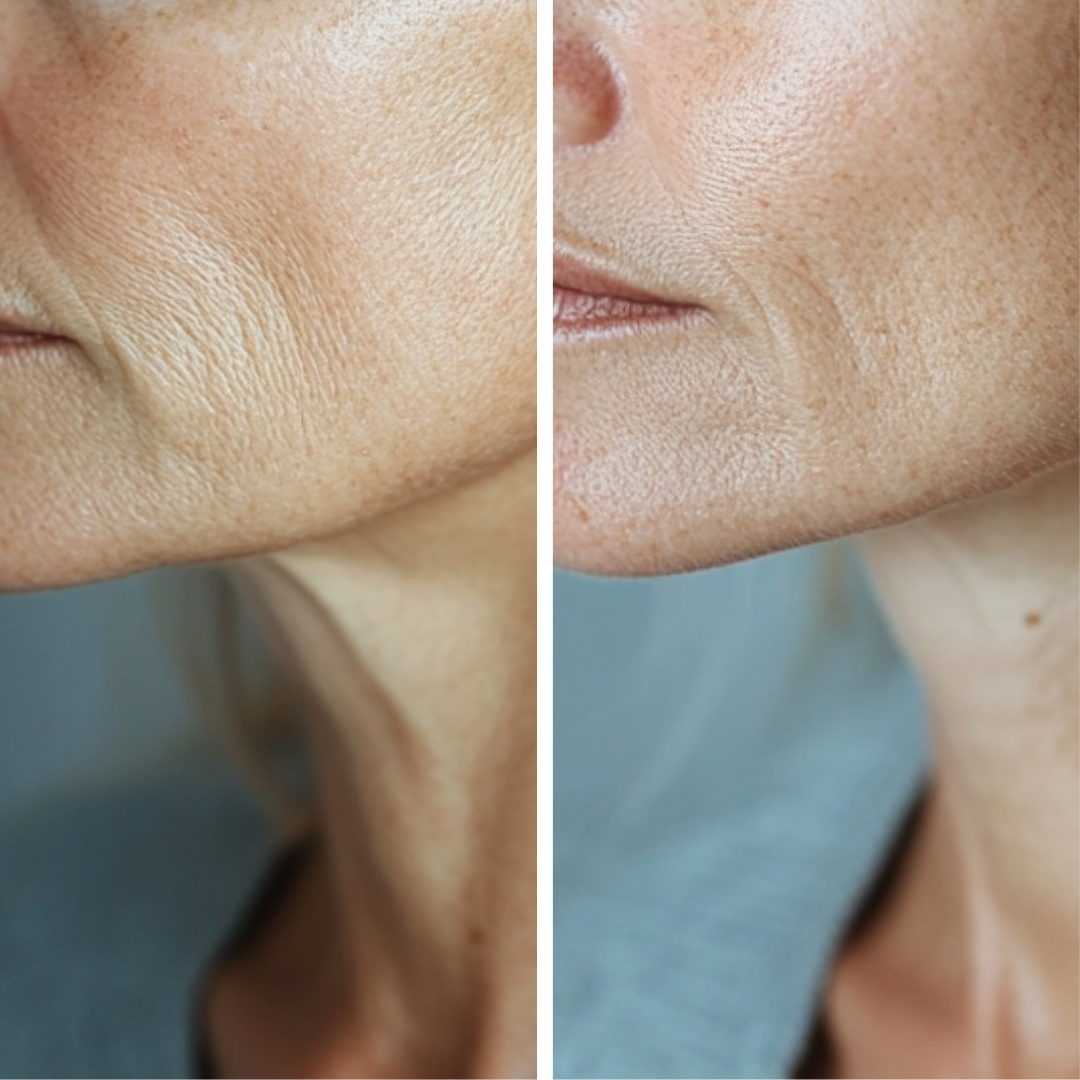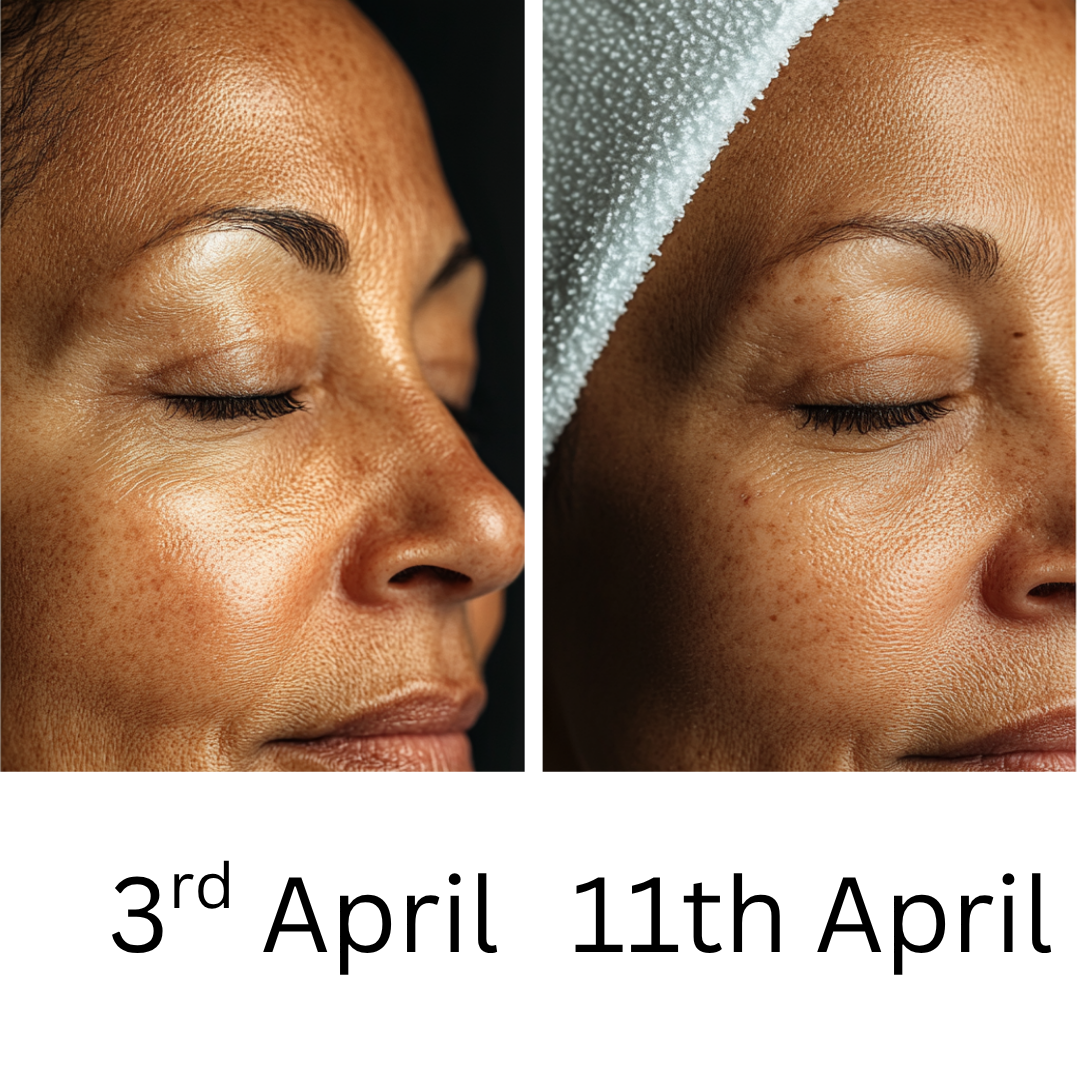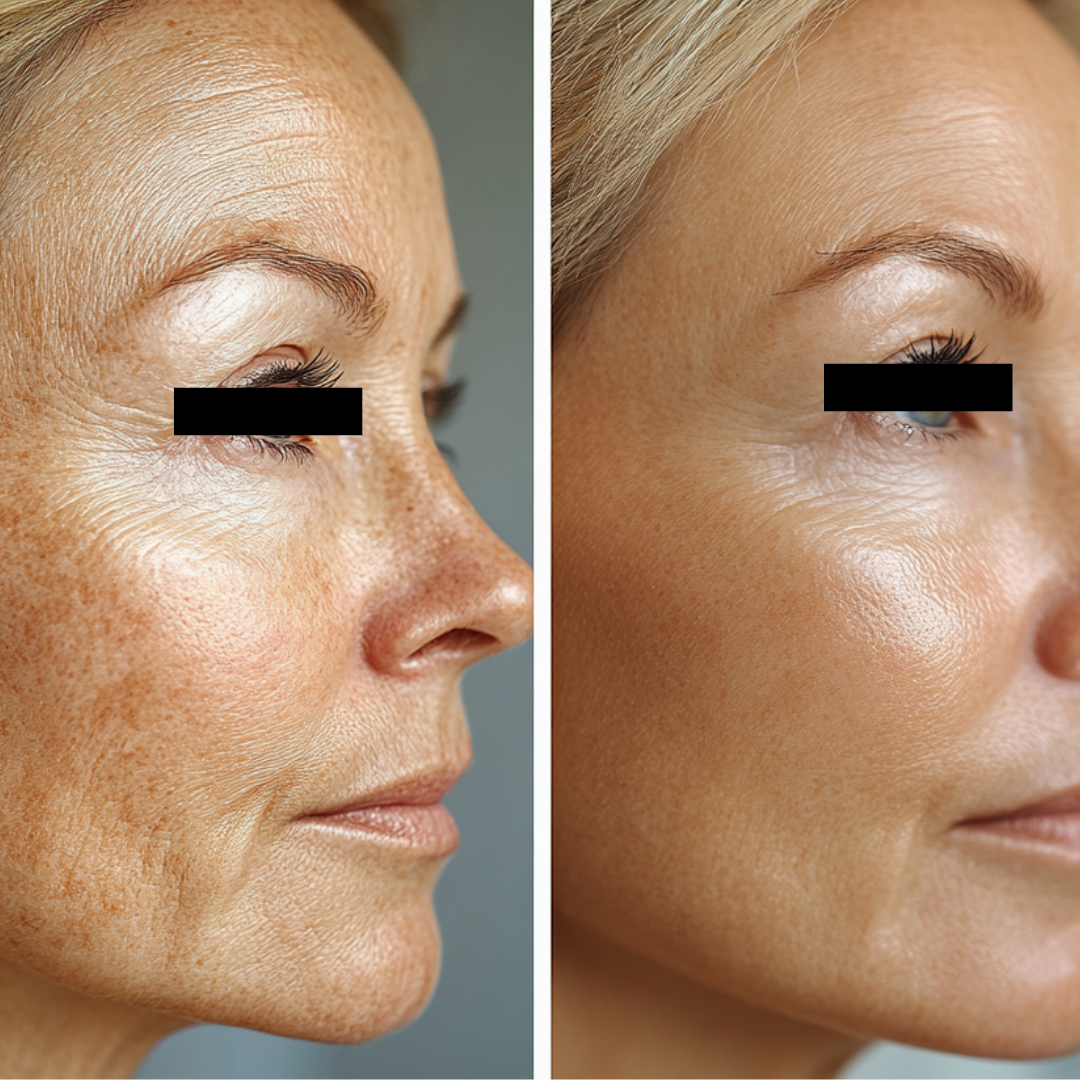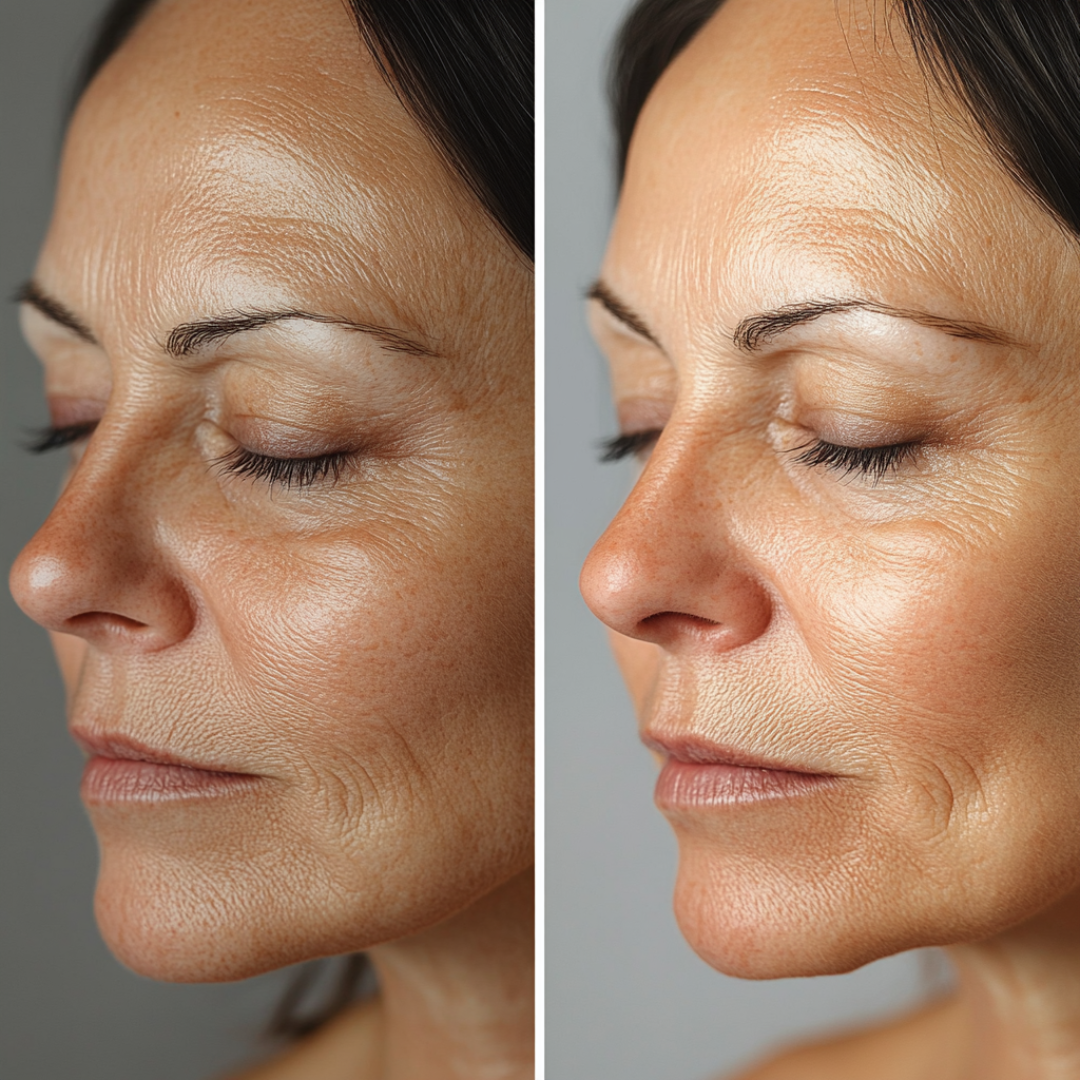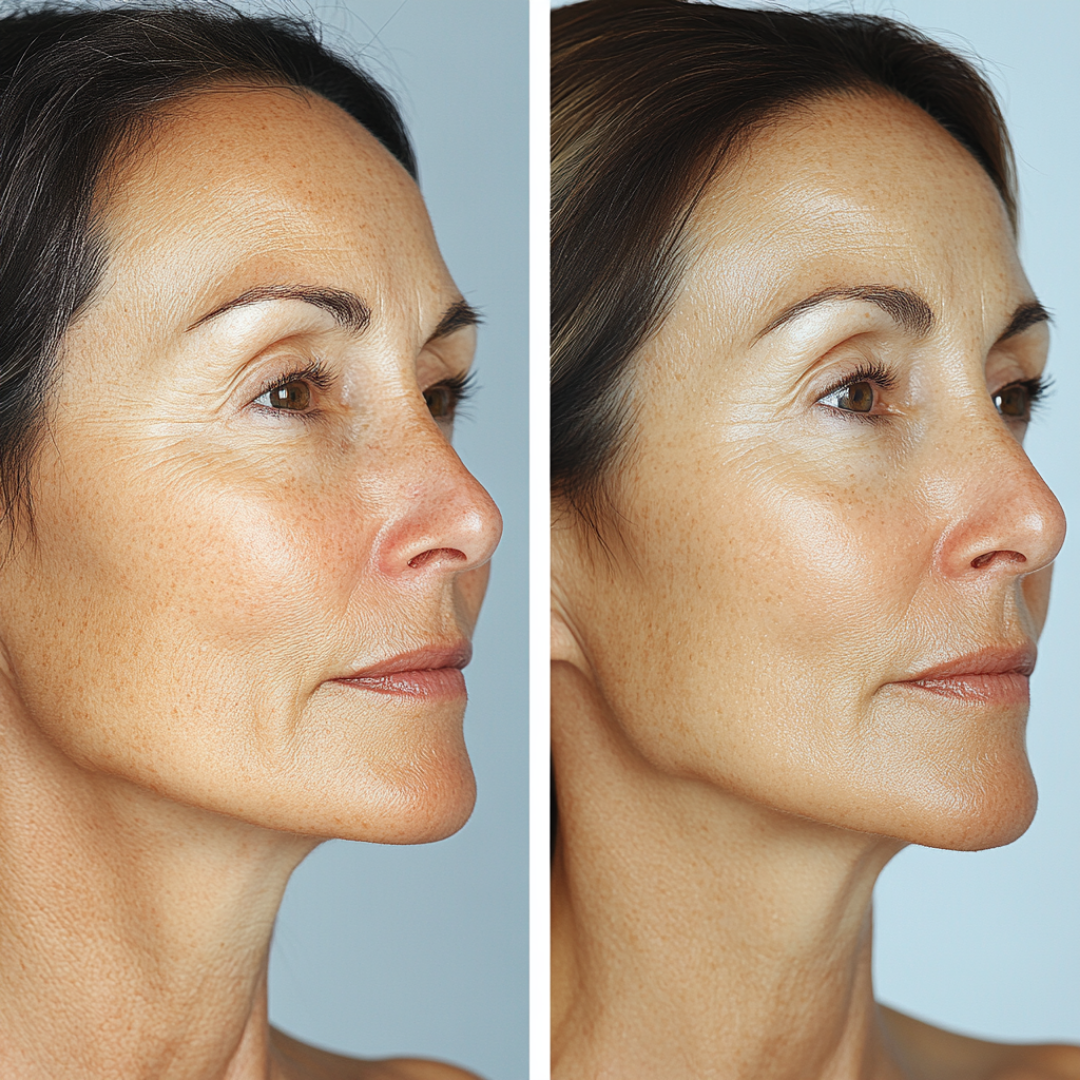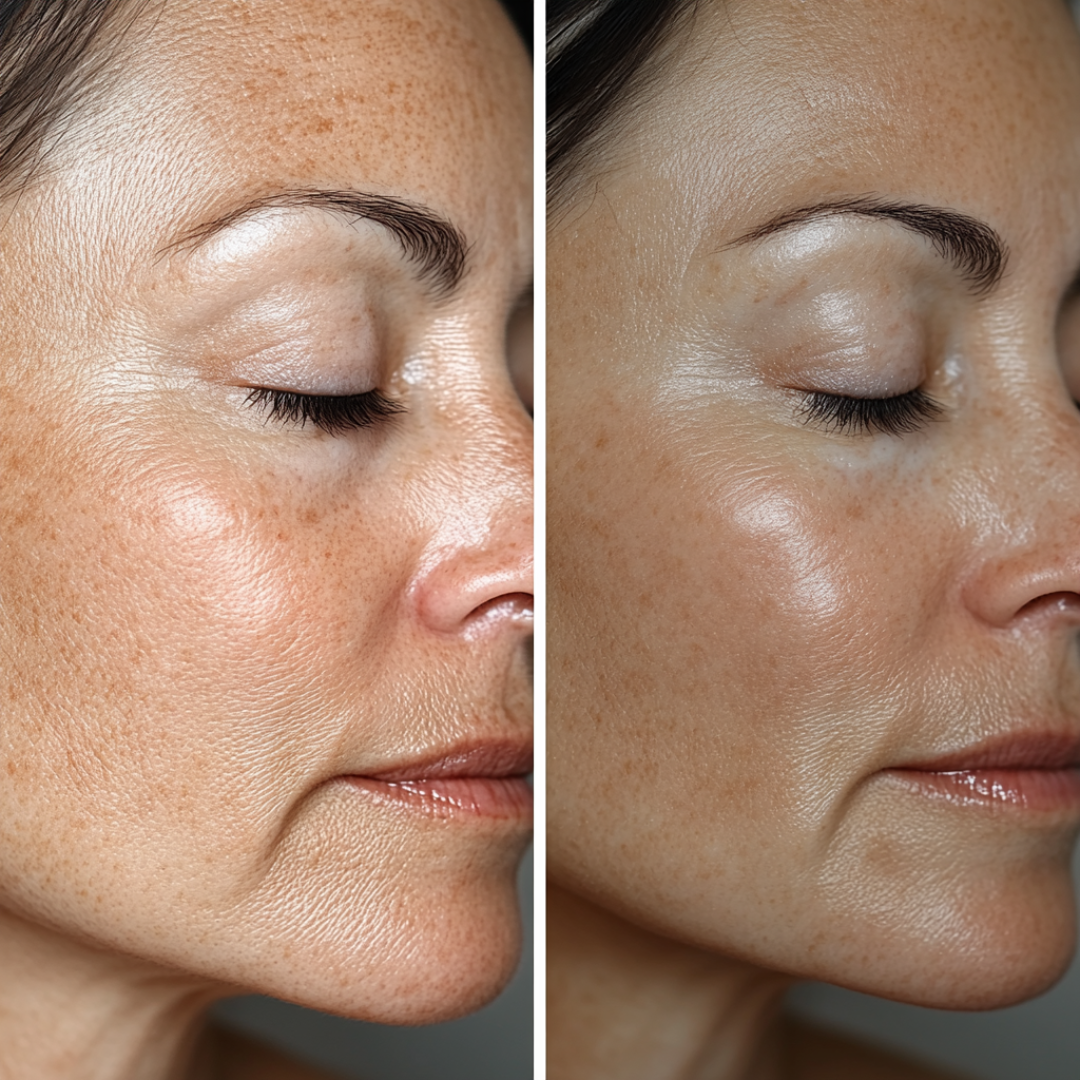The Science of Growth Factors in Skincare for anti-aging and rejuvenating applications.
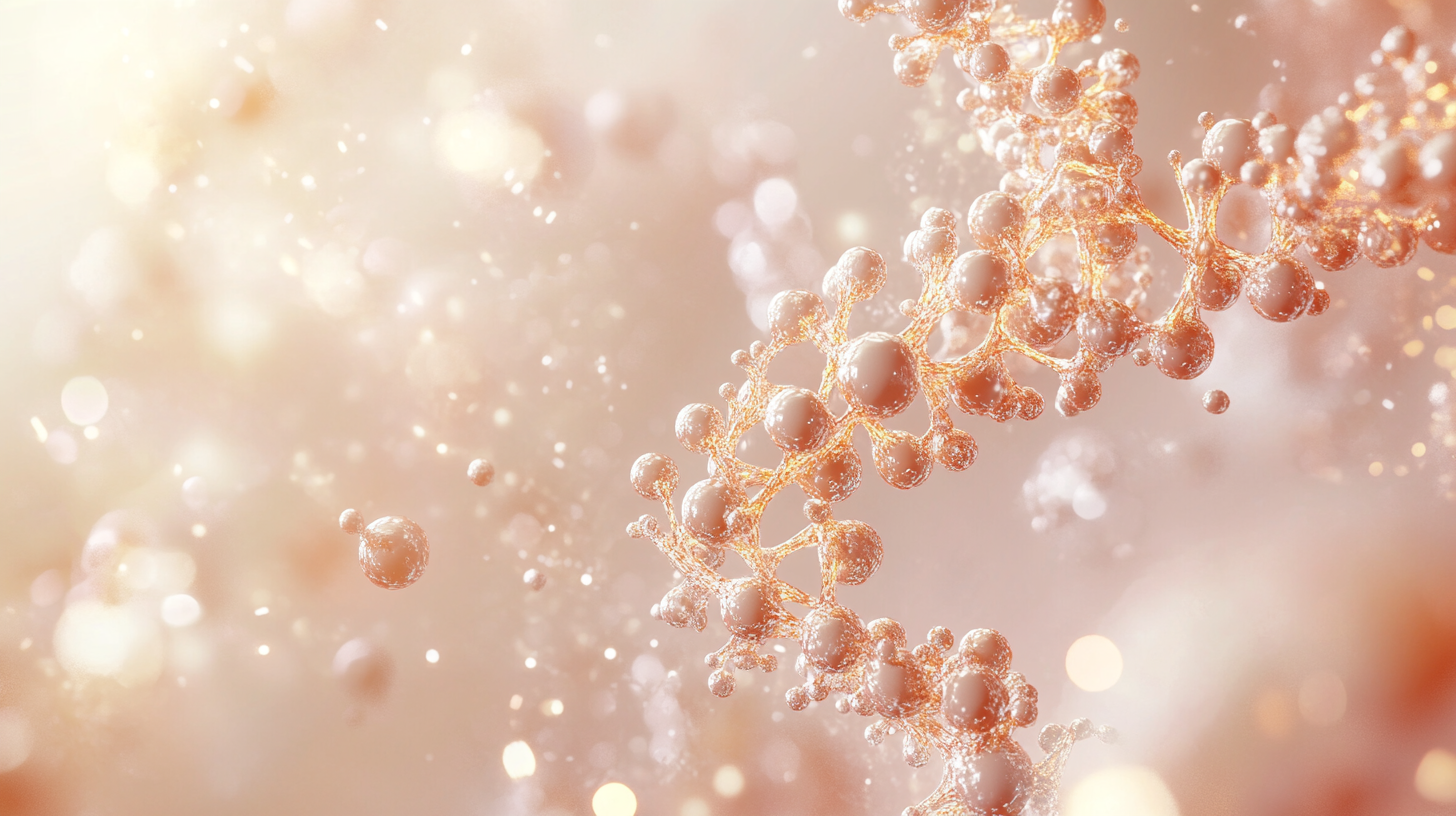
What are Growth Factors?
Growth factors are specialized signaling proteins that control cell behavior by binding to specific receptors on the cell surface. Once bound, they activate complex intracellular pathways that regulate cell growth, differentiation, survival, and migration.
In skin physiology, growth factors are secreted by various resident cells — including fibroblasts, keratinocytes, melanocytes, and endothelial cells — and play critical roles in:
Skin homeostasis
Wound healing
Tissue remodeling
Inflammatory response resolution
Among the many families of growth factors, two are particularly important in skin biology:
Epidermal Growth Factor (EGF): Stimulates epidermal proliferation, accelerates wound healing, and enhances barrier repair.
Fibroblast Growth Factor 2 (FGF-2 or bFGF): Stimulates fibroblast proliferation and collagen synthesis, contributing directly to dermal density and elasticity.
These growth factors are not cosmetic actives in the traditional sense — they are endogenous regulators of tissue regeneration, acting upstream of all structural and aesthetic changes in the skin.
The Role of Growth Factor Decline in Skin Aging
Skin aging is a multifactorial process involving oxidative stress, chronic inflammation, telomere shortening, mitochondrial dysfunction, and — critically — a decline in growth factor signaling.
After age 25, there is a measurable reduction in both the expression and activity of key growth factors in the skin, including EGF, FGF-2, and TGF-β. This decline results in:
Slower keratinocyte turnover → dull, uneven skin
Reduced fibroblast activity → loss of collagen, dermal thinning
Impaired angiogenesis → lower nutrient and oxygen supply
Delayed wound healing and repair
These biological changes precede and cause visible signs of aging like wrinkles, sagging, dryness, and reduced elasticity. In other words, aging skin is not just lacking hydration or antioxidants — it's lacking communication at the cellular level.
Quan T. et al. (2010)
Fisher GJ et al. (2002).
Clinical Evidence: Topical Growth Factors Improve Skin Quality
The application of exogenous (topically applied) growth factors has been investigated in numerous peer-reviewed clinical studies, with consistent and impressive results.
Here are a few key examples:
Fitzpatrick et al., 2003:
A double-blind, placebo-controlled study of a growth factor-rich serum showed statistically significant improvements in fine lines, tactile roughness, and dermal density after 60 days of twice-daily use.Gold et al., 2007:
Topical use of human fibroblast-derived growth factor complex post-laser and microdermabrasion led to enhanced recovery, improved skin texture, and reduction in redness and inflammation.Draelos et al., 2016:
In a 3-month study, patients using EGF-containing serum showed measurable improvements in skin tone, decreased brown spots, and smaller pore appearance, confirmed by clinical imaging and investigator assessments.
These results were achieved without irritation or sensitization, which is rare among anti-aging actives. Growth factors appear to restore skin function by supporting natural regenerative biology, not by causing stress (as retinoids or acids do).
Mechanisms of Action: Why Growth Factors Work So Well
EGF and FGF-2 affect different but complementary layers and functions of the skin:
EGF (Epidermal Growth Factor):
Acts on basal keratinocytes in the epidermis
Promotes cell proliferation and migration
Accelerates wound healing and barrier recovery
Enhances skin texture and reduces pigmentation irregularities
Reduces TEWL (transepidermal water loss), improving hydration
FGF-2 (Fibroblast Growth Factor 2):
Binds to FGFR1 receptors on dermal fibroblasts
Upregulates collagen type I and III gene expression
Promotes elastin and hyaluronic acid production
Stimulates angiogenesis for improved nutrient delivery
Supports dermal repair and reverses age-related thinning
These actions are mediated through signaling cascades including MAPK/ERK, PI3K/Akt, and STAT pathways, leading to long-term structural improvements rather than surface-level cosmetic effects.
Why Aren’t Growth Factors Already the Standard in Skincare?
Despite their unmatched biological potential, growth factors have long struggled to deliver consistent results in skincare — not because they don’t work, but because they are inherently unstable.
The Real Problem: Stability & Bioavailability
Growth factors are proteins — and proteins are fragile.
They rapidly degrade when exposed to oxygen, light, temperature fluctuations, or non-physiological pH
They are highly susceptible to proteolytic enzymes present on the skin surface
Their relatively large size and hydrophilic nature make penetration through the stratum corneum inefficient, limiting access to target cells in the dermis or basal layer of the epidermis.
In most conventional serums, growth factors denature before they can exert any meaningful biological effect. What you apply is not always what your skin receives — and that’s the problem.
Solving Stability & Penetration: Oleosome Fusion Technology
At Sérivance, we approached the challenge differently.
Rather than using isolated, free-form proteins — which are unstable and poorly absorbed — we developed two proprietary growth factor actives: Peauforia™ (FGF-2) and Peauvita™ (EGF). Both are created using our patented oleosome fusion biotechnology.
This is not a coating or encapsulation. It’s a molecular fusion of the growth factor into a natural oleosome — a lipid-based delivery vehicle inspired by plant biology. The result is a biomimetic lipid-protein complex that delivers both stability and performance.
Why it matters:
1) Stability
The oleosome structure protects the growth factors from degradation caused by light, oxidation, enzymes, and pH — ensuring they remain active at the moment of application.
2) Penetration & Bioavailability
Because oleosomes mimic the skin’s natural lipid composition, they absorb easily and facilitate deeper, more efficient delivery of the fused growth factors into the epidermis and upper dermis — where real regeneration happens.
This technology powers the Sérivance Anti-Aging Serum, a formulation clinically tested to improve skin texture, hydration, and firmness — containing 1% Peauforia (FGF) and 1% Peauvita (EGF).
22,000+ Skin transformations
Unfiltered words from women who see real results.
“This is the only product that actually made a difference.”
Linda T.
“In 2 weeks, I looked fresher and younger.”
Karen M.
“Finally, something that works without irritation.”
Debbie C.
“My skin feels tighter, smoother, and more radiant every morning.”
Jessica L.
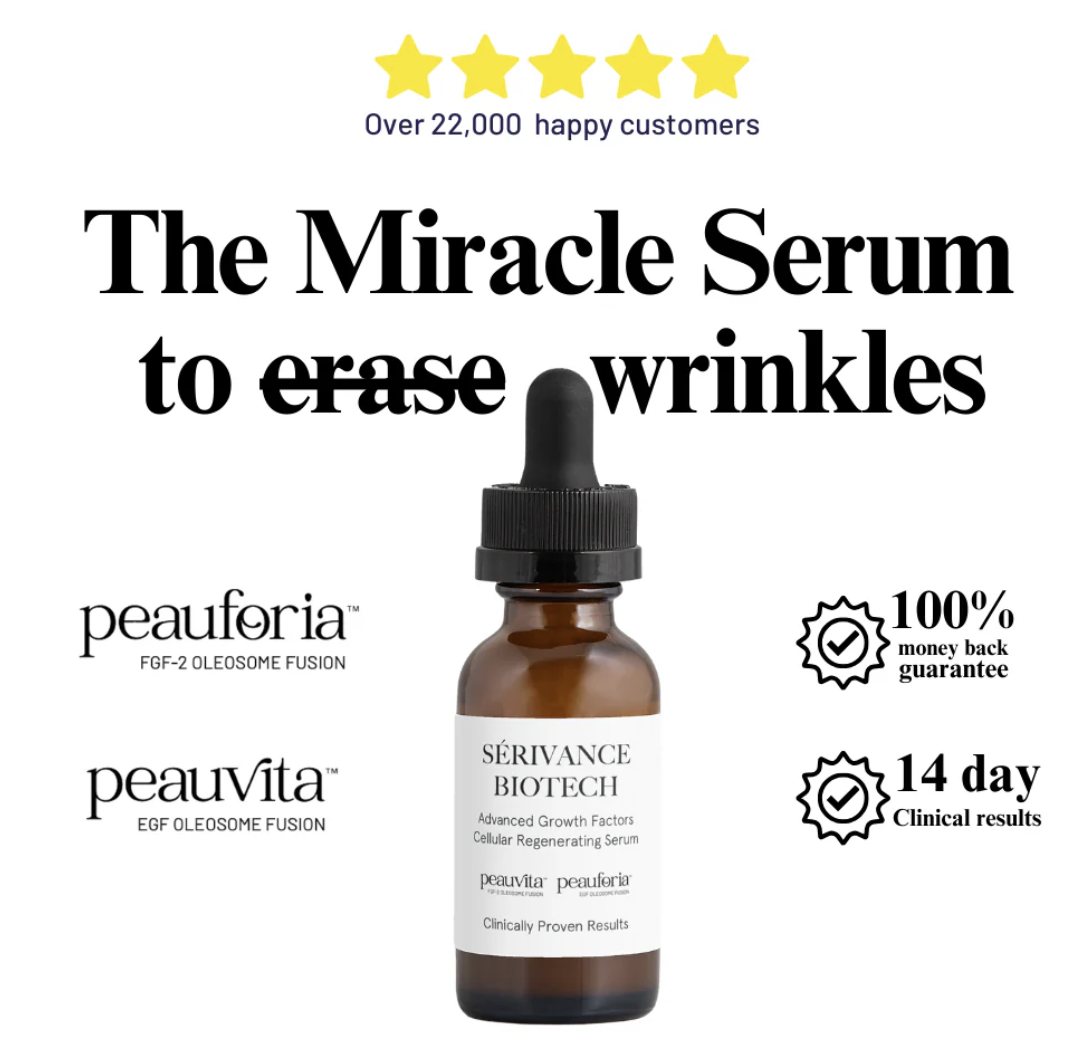
Try it risk-free and experience visibly younger skin in just 14 days.
We are so confident in our breakthrough technology that we offer a complete satisfaction guarantee. If you don't see visible improvement in your skin, simply return the bottles (even if empty) for a full refund.
Frequently Asked Questions
How is Sérivance different from other anti-aging products?
While most products target secondary symptoms, Sérivance addresses the primary root cause: Growth Factor Decline. By stopping this first domino in the aging cascade, we create comprehensive rejuvenation rather than temporary cosmetic effects.
How quickly will I see results from restoring growth factors?
Most users notice initial improvements within 14 days, with significant transformation by 30 days. Because we're restoring fundamental cellular communication, results continue to improve through 90 days as new, properly functioning cells reach the surface.
Is addressing Growth Factor Decline safe for sensitive skin?
Yes! Our formula uses biomimetic growth factors that are recognized by your skin as natural, mimicking the same signals your body produced abundantly in youth. The serum is free from harsh irritants, making it suitable for all skin types.
Can I use Sérivance with my current skincare?
Absolutely. While Sérivance delivers comprehensive benefits by addressing the primary mechanism of aging, it works well with other products. Apply it first to clean skin to ensure maximum penetration, then follow with your usual routine.
Why do I need a 3-month supply to address Growth Factor Decline?
Your skin's complete cellular regeneration cycle takes approximately 90 days. The 3-month protocol ensures continuous support throughout this entire process, allowing for maximum transformation as cellular communication fully restores.
"... in less than 1 week"

Try it risk-free and experience visibly younger skin in just 14 days.
We are so confident in our breakthrough technology that we offer a complete satisfaction guarantee. If you don't see visible improvement in your skin, simply return the bottles (even if empty) for a full refund.

